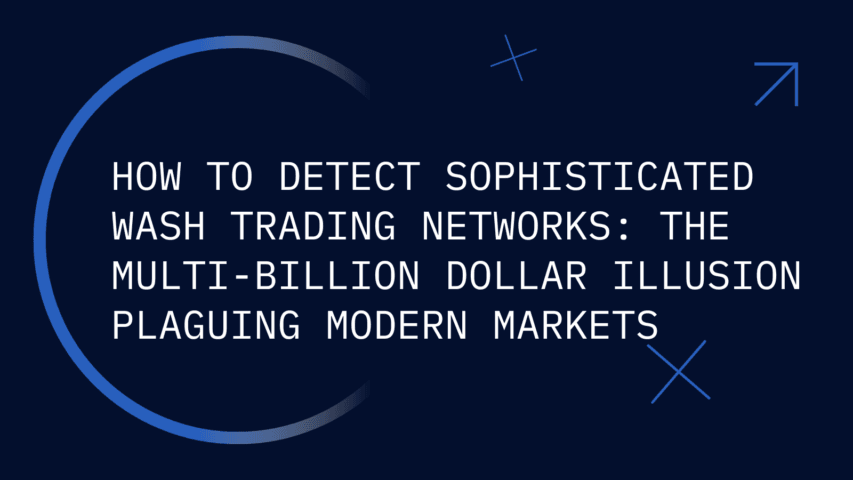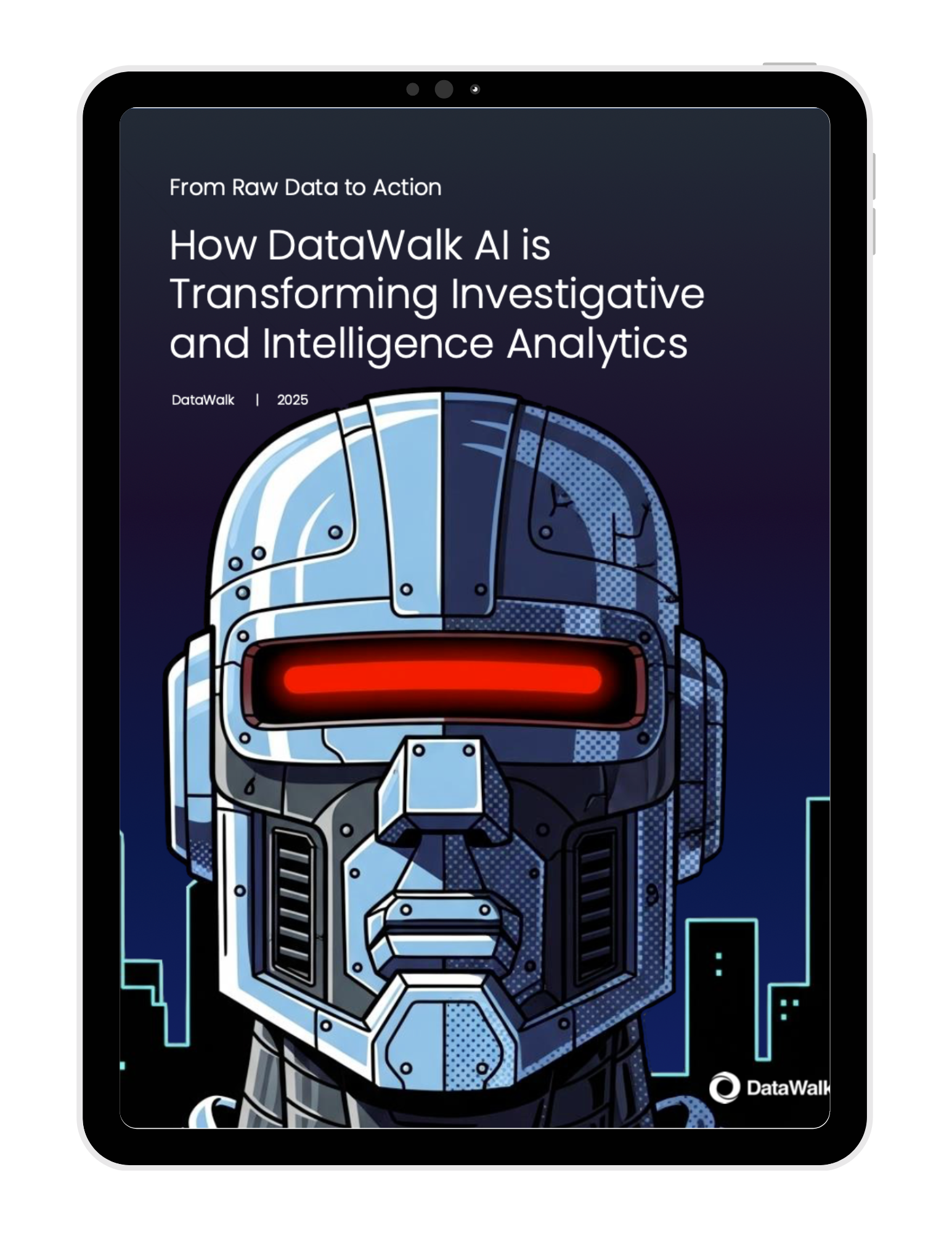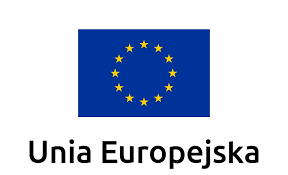
How to Detect Sophisticated Wash Trading Networks
The Multi-Billion Dollar Illusion Plaguing Modern Markets
A staggering illusion of activity is distorting modern financial markets. A Forbes study found that over half of all reported Bitcoin trading volume is likely fake or non-economic.¹ More recently, on-chain analysis firm Chainalysis identified a potential $2.57 billion in wash trading activity across just three blockchains in 2024 alone.²
This form of market manipulation is not just a cryptocurrency problem. It's an old tactic, redefined for modern markets, that deceives investors, artificially inflates asset values, and often serves as a powerful mechanism for money laundering. Wash trading is a specialized form of Offsetting Transactions, where an entity simultaneously buys and sells the same asset to create a false impression of demand. The objective is to use repetitive trades to facilitate Layering and obscure illicit funds, making the eventual proceeds appear as legitimate trading gains (Integration).
This manipulation encompasses a broad range of core techniques: from Wash Trading in equities and digital tokens, to Pump-and-Dump schemes, Spoofing (placing and quickly canceling large orders), and Mirror Trading (placing paired buy/sell orders across different exchanges or jurisdictions). Consequently, regulators like FINRA and the SEC have made market manipulation a top enforcement priority. Yet, compliance and fraud teams are often overwhelmed by alerts from legacy systems that cannot distinguish true criminal manipulation from market noise.
Why Your Alert System Is Blind to Real Manipulation
Many financial institutions struggle to detect sophisticated market manipulation because their monitoring systems are built on an outdated foundation. These tools are often blind to the complex, coordinated strategies that define modern financial crime.
The "Single-Transaction" View
Most compliance systems analyze transactions in isolation, flagging events based on simple rules. This approach fundamentally fails because it misses the key indicators defined by advanced analysis:
- It cannot identify the frequent buy and sell transactions of the same asset within a short timeframe resulting in minimal or no net change in position.
- It cannot recognize the coordinated execution of paired buy and sell orders between the same parties or accounts that define sophisticated Offsetting Transactions.
The Inability to See Hidden Connections
Sophisticated manipulators operate through complex webs of seemingly unrelated accounts and corporate shell structures. A traditional system cannot correlate the distinct data needed for Collusive Network Identification. They are blind to the fact that multiple accounts are controlled by the same person or organization because they cannot unify critical sources such as:
- Exchange & Trading Activity Records
- Company & Beneficial Ownership Registries
- System & Network Access Logs (which might link multiple trading accounts to the same IP address or device ID).
Without this unified context, the manipulation remains invisible, such as when the Royal Bank of Canada was fined for conducting over 1,000 illegal wash trades between its own entities for tax benefits—a scheme invisible without connecting the underlying dots of ownership.
From Seeing Transactions to Understanding Networks
Detecting modern market manipulation requires a fundamental shift to network analysis, unifying disparate data and applying advanced AI to find hidden collusion.
Develop a Single Source of Truth with a Knowledge Graph
The first step is to break down data silos by connecting all relevant intelligence into a unified knowledge graph. This platform unifies data including Trading Activity Records, Financial Instrument Market Data, Blockchain Data, and Beneficial Ownership Registries.
This unified view instantly enables the most basic level of Collusive Network Identification by mapping relationships between Traders, Shell Companies, and Brokers, exposing trading accounts that share common ownership, a common address, or common network access.
Find Collusion with AI-Powered Behavioral Analysis
Seeing direct connections is not enough. Advanced AI techniques like Graph Embeddings are necessary to move beyond simple link analysis. This technology analyzes an account's entire transaction history to create a unique behavioral "fingerprint," clustering accounts that exhibit similar, suspicious patterns.
This behavioral analysis automatically enables the detection of Trade Pattern Anomalies and Price Deviation Scoring:
- Cyclical transfers of NFTs or tokens between related wallets at escalating valuations (Asset Valuation Manipulation).
- Paired transactions in the same securities across different jurisdictions (Mirror Trading).
- Trades executed at prices deviating significantly from market rates.
This is how AI effectively identifies bot-driven networks executing coordinated manipulation strategies.
Unmask the Actors with Automated UBO Identification
Manipulators thrive on anonymity, hiding behind layers of corporate ownership. A critical step in any investigation is piercing the corporate veil. A Composite AI approach automates the difficult process of Ultimate Beneficial Owner (UBO) identification using graph inference to map complex ownership chains and calculate aggregated control. This automatically flags networks of accounts that are secretly controlled by the same high-risk entity or individual, allowing investigators to identify the human actors behind the fraud.
Instantly Adapt with Operational Agility
Wash trading tactics change constantly as criminals adapt to new technologies and regulations. Your detection methods must adapt just as quickly. A modern detection and investigation system must empower compliance analysts to design, test, and deploy new detection rules and analytical scenarios in minutes, without waiting for IT. This operational agility is crucial for staying ahead of evolving financial crime threats, ensuring your firm's defenses keep pace with sophisticated manipulation schemes like Spoofing and Mirror Trading.
Stop Chasing Ghosts in the Machine
For years, compliance teams have been forced to chase the symptoms of wash trading: an endless stream of low-context, high-volume alerts. This reactive approach is a direct result of using tools that could not see the underlying cause—the coordinated criminal networks behind the crime.
By unifying disparate data sources and applying advanced AI to analyze network behavior, organizations can finally shift from investigating an overwhelming number of low-quality, false-positive alerts to focusing investigative resources on a smaller number of high-confidence alerts that point to an entire collusive network.
The future of market surveillance is not about writing better rules; it is about gaining a better understanding of the data. By seeing the complete network and analyzing its collective behavior, organizations can expose the illusion of wash trading and deploy Service Restriction and Enhanced Due Diligence (EDD) against the real manipulators driving these schemes.
Sources:
¹ https://www.forbes.com/sites/javierpaz/2022/08/26/more-than-half-of-all-bitcoin-trades-are-fake/
² https://www.chainalysis.com/blog/crypto-market-manipulation-wash-trading-pump-and-dump-2025/

FAQ
Join the next generation of data-driven investigations:
Discover how your team can turn complexity into clarity fast.

Solutions
Product
Partners
Company
Resources
Quick Links



